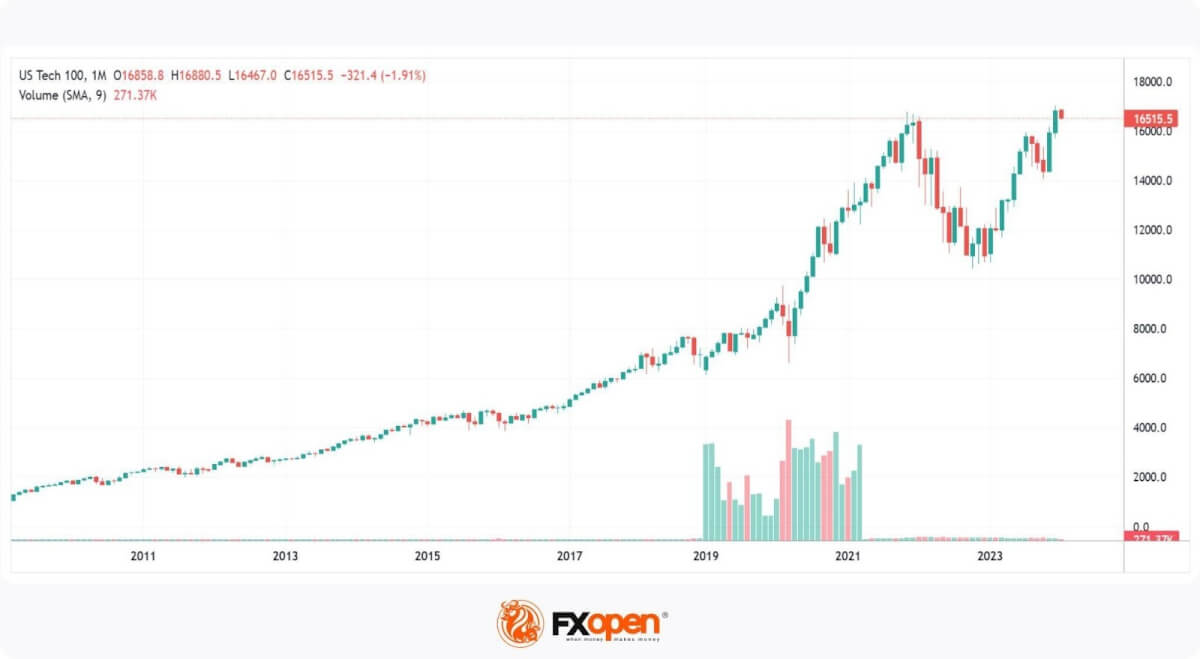Following a year of gradual economic recovery in 2023, both the UK and the US witnessed positive trajectories.
The UK navigated away from the cost of living crisis and inflation, while the US, despite some notable bank collapses, maintained a robust economy marked by controlled inflation and a strong dollar. The tech stocks, once sluggish, reclaimed trading volatility, further boosting investor optimism.
The focal point is the speculation surrounding 2024 monetary policies on both sides of the Atlantic. Will central banks halt interest rate increases, or will they lean towards quantitative easing?
One prevailing perspective centres on quantitative easing, a strategy where central banks purchase securities to lower interest rates, increase money supply, and stimulate lending. A recent report by London-based economist Tomasz Wieladek suggests that, contrary to conventional methods, quantitative easing after lockdowns may have spurred higher inflation.
Wieladek’s study introduces a nuanced view, asserting that quantitative easing has a more pronounced impact on inflation than standard monetary policy. While recognising the specificity of his findings, Wieladek emphasises the systematic evidence provided by the report, which could reshape ongoing policy discussions on the extent of conventional monetary adjustments needed to counteract lockdown-induced inflation originating from quantitative easing.
Such studies could induce caution among investors, wary of potential unintended consequences when central banks employ quantitative easing to curb inflation. However, contrasting views express optimism that central banks might opt for interest rate reductions in 2024.
Halfway through 2023, central banks paused their previously aggressive interest rate hikes. With headline inflation receding in G7 nations and economic deceleration, pressure mounts on policymakers to consider lowering borrowing costs.
Some anticipate that inflation may dip even lower than central banks expect. Although existing monetary policies are stringent, loosening them might not necessarily spur sudden growth. Speculations suggest the US Federal Reserve may initiate its first interest rate reduction in March, followed by five quarter-point cuts throughout the year. Similarly, the ECB and the BoE may embark on several rate cuts in 2024, potentially beginning in March or April and May, respectively.
Market sentiment appears somewhat positive; even the US tech stocks showed a clear revival from the doldrums in the last part of 2023.
While the actualisation of these rate cuts remains uncertain, market sentiment was optimistic at the end of 2023. Indices and major currencies were riding high, reflecting anticipation of a potential return to normalcy in 2024. With lockdowns and bailouts now distant memories, the focus shifts towards growth. The unfolding market movements in the immediate future will reveal the true trajectory of these speculations.
FXOpen offers spreads from 0.0 pips and commissions from $1.50 per lot. Enjoy trading on MT4, MT5, TickTrader or TradingView trading platforms!
This article represents the opinion of the Companies operating under the FXOpen brand only. It is not to be construed as an offer, solicitation, or recommendation with respect to products and services provided by the Companies operating under the FXOpen brand, nor is it to be considered financial advice.













